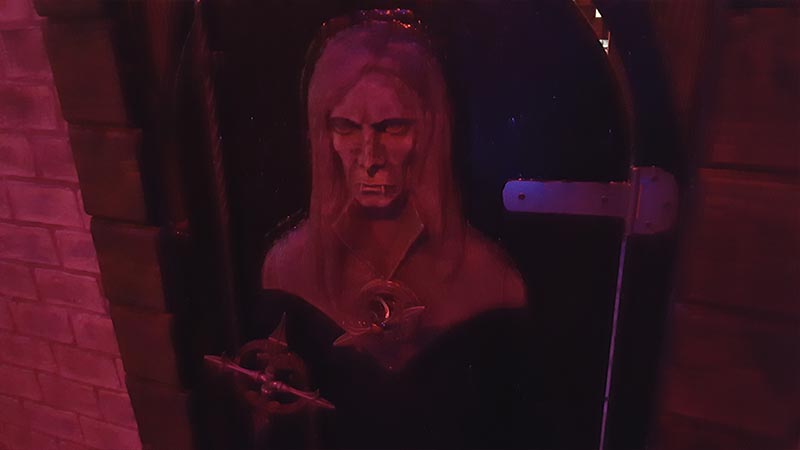Escape Room Ideas for Clues and Hints
Escape rooms are great both for inexperienced and proficient players. There are so many quests to choose from, and the adventures never get boring. Still, individual escapees who play live escape rooms for years notice that sometimes the searches can seem a little repetitive. Of course, it is hard to produce something entirely new (it’s almost as challenging as that psychological test where they ask you to draw an animal that doesn’t remind you of anything in existence), so there will be certain overlaps. Still, it is so much more challenging when the experience stays original.
Excellent escape room ideas do not have to change gameplay elements radically. After all, we all love escape rooms for recognizable features such as keys, padlocks, puzzles, hints on the walls and cleverly hidden quest objects. However, some aspects deserve to be changed. These are: the storyline, the decorations, and the way escape room clues are delivered.
Why Escape Room Clues Are So Important
The players might not always understand or remember that, but they aren’t solving the puzzles in escape rooms with the bare mind power only. Sure, you need to be attentive, careful, smart and witty to find the exit out of the locked room. But you are not alone on your adventure, and the progress map is never blank. The places are organized so you could travel from hint to hint, practically never stopping to take a break. We mean the team, not the single player now. Creating useful tips is often even more complicated than inventing new puzzles. They must be smart, but not too cryptic, or the players won’t have time to decipher them. And they should never be repetitive, or the game becomes tiresome.

Here are some excellent escape room clue ideas:
- Hints from the NPCs. Non-Playable-Characters in escape rooms are the actors who play as vampires, ghosts, clowns, knights, elves and whatever the story demands. The NPC should never deliver the tip; instead, the players must properly beg for a clue, or find a quest object and exchange it for a bit of help.
- Things which are noticeable from the first glance. It can be a large graffiti on the wall or handwriting on a painting, but the players will only understand their meaning later in the game.
- Messages from the other side. If you must make your clues repetitive, make sure there’s a great story behind them!
Do you always find all the clues in escape rooms? Share your experience with Quest Factor at the comment section!

